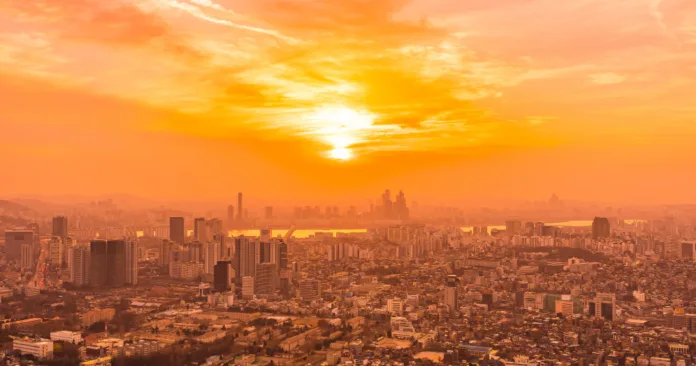Scientists predict intense heatwaves due to El Niño, urging immediate climate action
As the India Meteorological Department (IMD) forecasts a scorching summer ahead, with temperatures expected to soar past 40°C, the nation stands on the brink of facing more intense and frequent heatwaves in 2024. This unsettling prediction comes in the wake of a global climate anomaly known as El Niño, which, entering its second year, portends severe climatic repercussions worldwide.
IMD Director General Mrutyunjay Mahapatra warns of an unprecedented rise in mercury levels across most Indian states from April to June, signaling a departure from the usual four to eight heatwave days each summer. Central India, in particular, may bear the brunt of this extreme heat, especially during May and June.
This alarming development aligns with the United Nation’s World Meteorological Organisation’s warning of abnormal high temperatures in 2024, following a year where Asia and India shattered heat records. The Union minister Kiren Rijiju has acknowledged India’s rapid encounter with extreme weather phenomena, emphasizing the nation’s preparedness to combat the impending heatwave crisis.
Historically, heatwaves in India have shown a propensity to occur more frequently during El Niño years, as opposed to La Nina years. El Niño, characterized by a temporary warming of the Pacific Ocean, disrupts regular weather patterns, often leading to higher temperatures and reduced rainfall in affected regions.
India’s recent climatic history underscores the gravity of this prediction. Between 1961 and 2021, the country experienced a noticeable increase in heatwave days, with a staggering 280 heatwave days recorded from March to May 2022 alone. Furthermore, the past decade (2014-2023) has been the warmest on record for India, with atmospheric carbon dioxide levels reaching a peak of 425 ppm.
Such extreme weather conditions not only exacerbate the physical environment but also pose serious health risks. Heat stress and heat-related illnesses, ranging from mild conditions like swelling and cramps to life-threatening heat strokes, become more prevalent during heatwaves. Particularly vulnerable are the young, elderly, and those with underlying health conditions, who face higher risks of experiencing classic slow heat strokes during such periods.
Predictive models indicate that human-induced climate change has made events like the humid heatwave of April 2023 thirty times more likely, a trend that is expected to continue, making heatwaves a biennial occurrence in India and Bangladesh. This underscores the urgent need for robust climate action to mitigate the impact of future heatwaves and ensure the well-being of vulnerable populations.
As India grapples with the onset of El Niño and its cascading effects on weather patterns, the call for comprehensive climate change mitigation strategies grows louder. The nation must rally to adopt sustainable practices, reduce emissions, and prioritize renewable energy sources to safeguard against the escalating threat of heatwaves and other extreme weather events.
